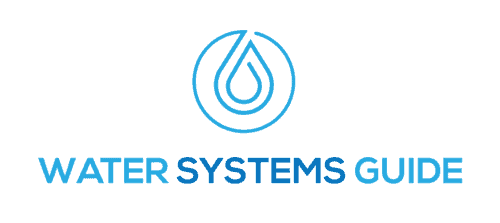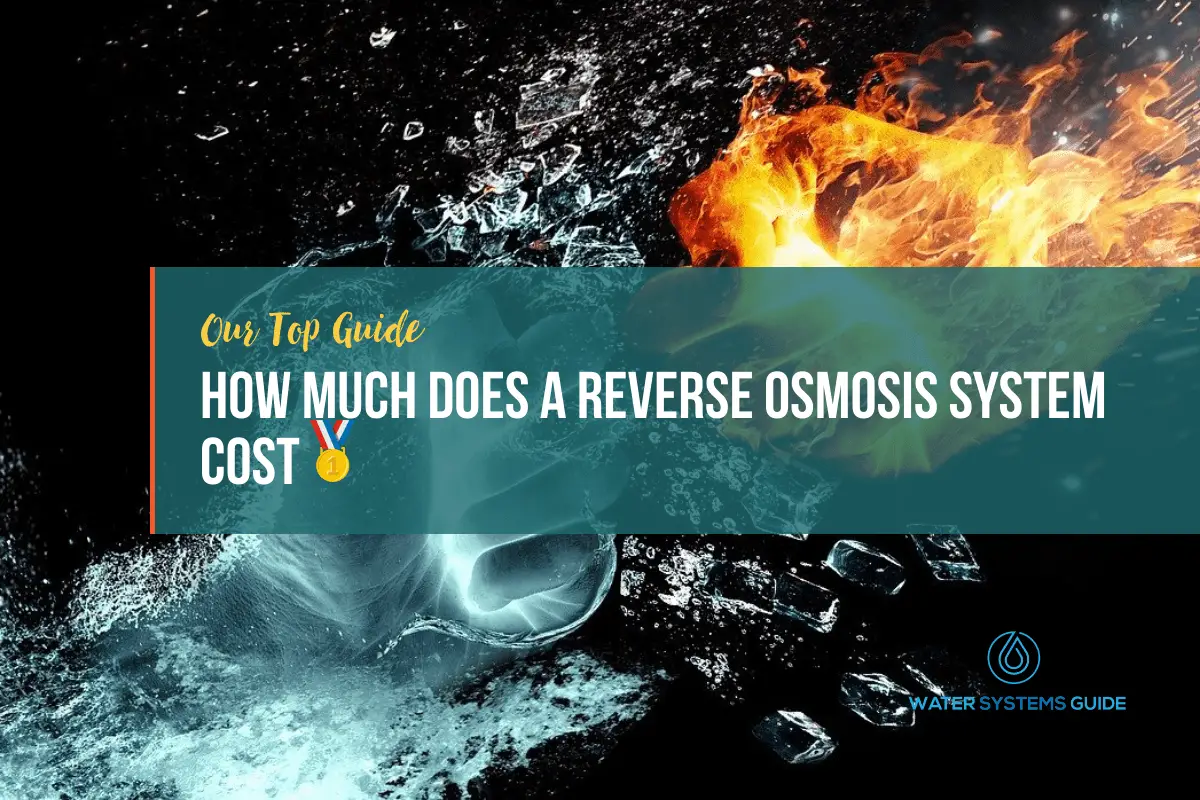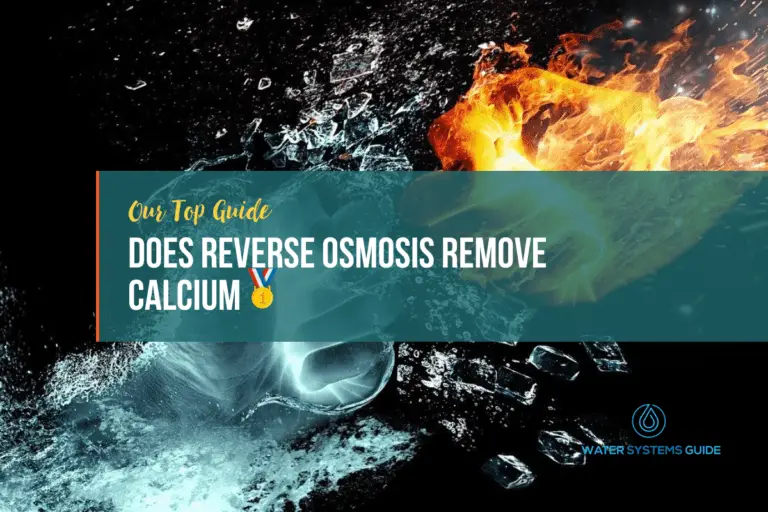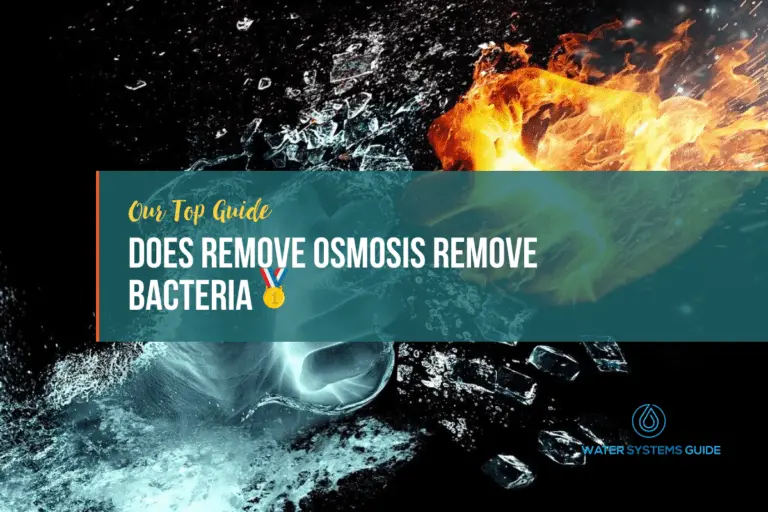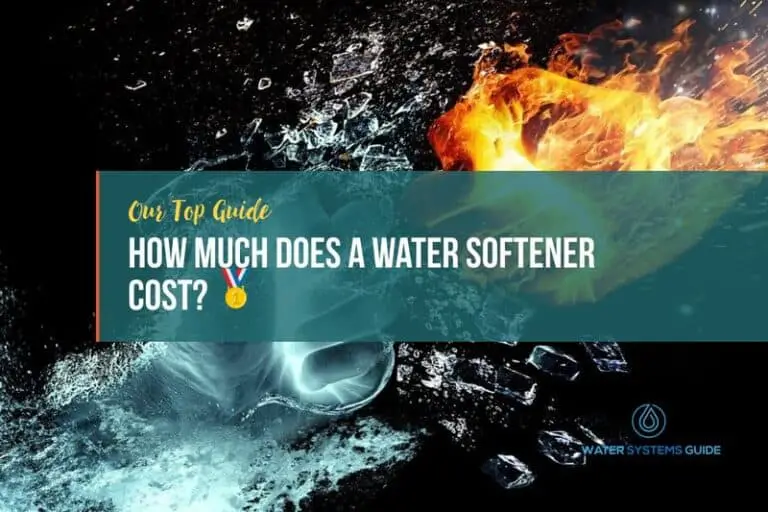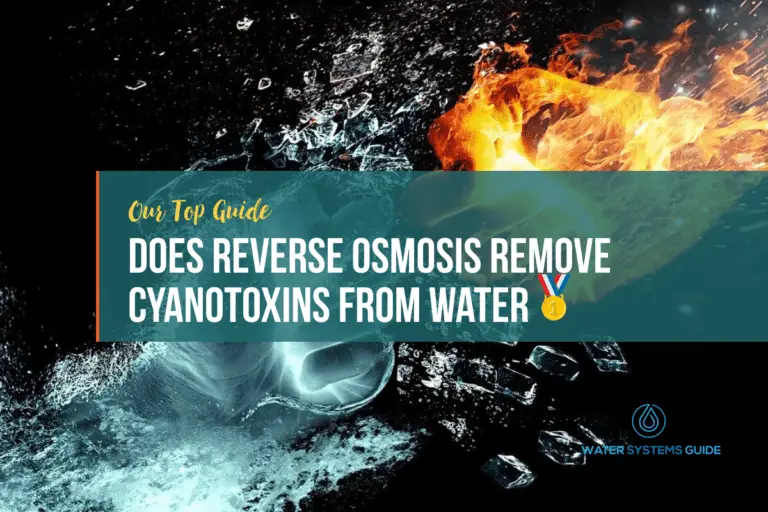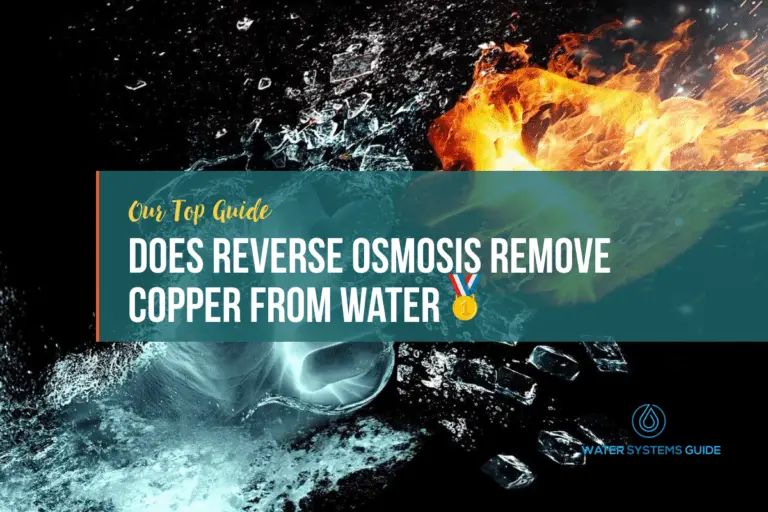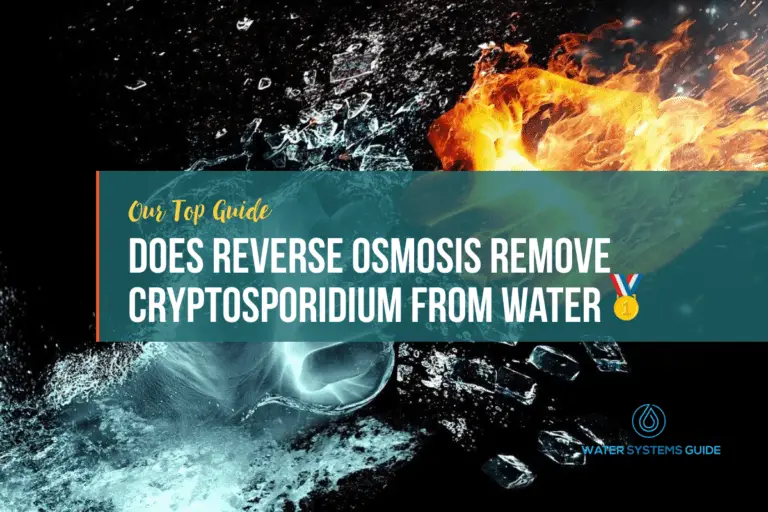How Much Does a Reverse Osmosis System Cost
Average Cost Of A RO System
- Countertop – $300 – $500
- Under Sink (With tank) – $250 – $600
- Under Sink (Without tank) – $250 – $600
- Whole House – $2,000 – $12,000
What’s the cost of a countertop RO system?
While there are many varying factors, when looking at the average cost of a countertop reverse osmosis system we can see it is priced at around $300 to $500.
One of the most popular units is the AquaTru 4-Stage countertop RO system.
What’s the cost of an under-sink RO system?
While there are many varying factors, when looking at the average cost of an under-sink reverse osmosis system we can see it is priced at around $250 to $600.
Two of the most popular units include the APEC Water Systems ROES-PH75 which is an under-sink system with a tank, and the Brio Aquus TROE800COL which is a tankless RO system.
What’s the cost of a whole house RO system?
While there are many varying factors, when looking at the average cost of a whole-house reverse osmosis system we can see it is priced at around $500 to $8000.
One of the more budget-priced units is the iSpring RCB3P, whilst the more premium-priced unit is the iSpring CRO1000.
What to Consider Before Purchasing a RO System
RO water filter systems do not come cheap, especially whole house units. This is why you have to make an informed buying decision so as not to waste your precious money. To do this, consider the following:
Components Required
A whole house RO filter is not just composed of the water filter machine itself but has pre-treatment, post-treatment, and storage and distribution components as well. Most devices are also compatible with and require non-pressurized atmospheric storage tanks to store filtered water in so your home never runs out of clean water.
Because atmospheric tanks are not pressurized, the water needs to be repressurized to make it flow, a function for which a booster pump is necessary. Some devices operate better in tandem with pressurized bladder tanks.
In choosing a filter, therefore, you need to consider the quality of all these other components as much as that of the device itself.
Capacity
You also need the right capacity of a whole-house RO water filter system to meet your needs. The size may also correspond to the capacity of the system. The average American uses an estimated amount of 80 to 100 gallons of water each day. So, a whole-house device for a family of 4 should at least be able to filter 320 gallons of water each day, (4 x 8).
Also, experts suggest that you adjust the size of your system such that it only runs at 75% or less of its maximum volume to provide for your needs. So, multiply that 320 GPD need by two, and you get a rating of 640 GPD. This means that a 640 GPD system would be ideal for a household of four people.
Note, also, that a filter rated at 500 GPD will not always deliver 500 gallons of water within 24 hours. These ratings reflect the capacities of the machine under optimum conditions. You can ask the seller or manufacturer about the actual output of your unit based on your water conditions.
You should also consider your family’s water consumption during peak hours, such as in the morning and at night. Make sure you have a large enough tank to store water. The volume of the tank should at least be your average consumption for a day.
Most commercial RO systems and commercial water filtration systems are tankless, meaning, your water is filtered on demand. In this case, you need to know the amount of clean water produced within a specific period of time. This rate is usually measured in gallons per minute (GPM). If the flow rate of your system is lower than what you require, there will be a drop in pressure.
Size
RO water filter systems come in all sorts of shapes and sizes. Make sure that the dimensions of your unit will fit in the space under your sink, as you would install an under-sink water filter, or where you intend to install it. It’s best to measure and assess the space you have to accommodate the machine since these can be pretty large and heavy.
Pre-Treatment
Depending on the condition of your feed water, you will need an additional pre-treatment. This is also true for commercial versions with very fast flow rates. This not only ensures that your system will last for years but will also lessen the operating costs.
Pre-treatment usually involves the removal of larger particles and contaminants like sand, silt, and rust. A carbon backwashing filter can also remove chlorine and other chemicals. A water softener system or an antiscalant mechanism is needed in case of hard water that can damage and clog an RO membrane. Specialized water filters for sulfur, manganese, and iron is also ideal for well water.
We recommend having a water quality test conducted beforehand to know the condition of your feed water and the nature of its contaminants. For TDS higher than 2,000 ppm, discuss your next steps with a specialist.
Post-Treatment
An RO filter usually also has post-treatment water filters such as calcite filters. These raise the water’s pH to avoid the corrosion of fixtures and pipes that can affect the taste. This is necessary since RO membranes tend to reduce mineral content and make the water more acidic.
Aside from this alkalization, post-treatments may also involve UV light filtration to kill viruses and bacteria or add back essential minerals to your water.
Installation and Maintenance
Generally, whole house and under-sink RO systems are easy to install, and can be installed with a few tools and minimal skills, but that depends on the style and type. If you have the time, you can try and do it yourself or have it done by your contractor or plumber. Either way, look for devices that are simple and easy enough to install to avoid complications and wasted time.
Regarding maintenance, some need to be cleaned and have the activated carbon filters replaced every month while others only need a few replacements in a year. After all, you’re probably going to be using this to clean your drinking water, so it’s important to make sure that it’s regularly maintained. However, the crucial part is the cost of this replacement and maintenance which may accumulate over time.
Wastewater
For every gallon of purified water, six to eight gallons of water are wasted, costing a lot of money and a massive waste of resources. Fortunately, this only applies to the old RO water filter system models. Modern models are much more efficient and can achieve recovery rates of at least 33% (2:1 ratio).
Through the use of a recycle valve, some devices may allow the wastewater to run back into the system to get rates up to 70% (7:10 ratio) or more for multi-membrane types.
